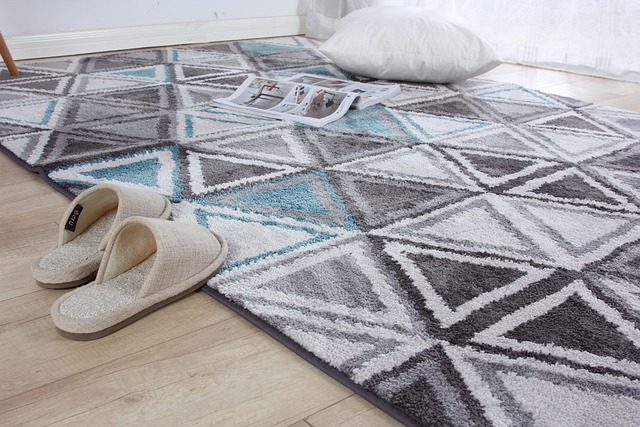Carpets in high-traffic locations like offices, malls, and hotels face accelerated wear and tear from constant footfall, requiring regular professional cleaning. Effective cleaning involves understanding traffic patterns and using specialized equipment to extract dirt, allergens, and bacteria. Regular cleaning maintains aesthetics, boosts business image, enhances employee well-being, and increases productivity. Choosing the right method based on carpet material ensures optimal cleanliness while preserving quality and lifespan. A strategic maintenance plan including frequent vacuuming, spot treatment, and deep cleaning is crucial to prevent damage from unsuitable methods or excessive washing. Future trends in commercial carpet cleaning include advanced technologies, sustainable practices, smart sensors, and data analytics for optimized hygiene and cost savings.
In the dynamic landscape of commercial spaces, high-traffic areas demand specialized care to maintain their aesthetic appeal and ensure optimal environmental conditions. Effective carpet cleaning for high-traffic areas is not just about aesthetics; it significantly impacts business reputation and employee well-being. This comprehensive guide explores critical aspects, from understanding unique cleaning challenges to adopting best practices and future trends in commercial carpet cleaning techniques. Learn how regular, targeted cleaning enhances spaces and fosters a positive environment.
Understanding High-Traffic Areas and Their Unique Cleaning Challenges
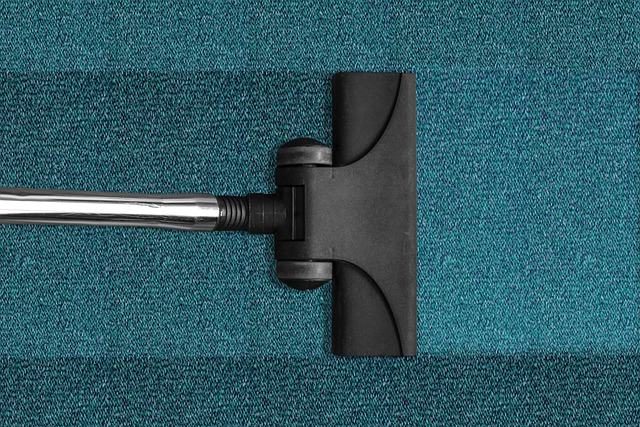
In high-traffic areas like commercial offices, malls, or hotels, carpets endure constant wear and tear from frequent footfall. This heavy use leads to accelerated soil, stain, and odor buildup compared to residential settings. Understanding these unique challenges is crucial when it comes to effective carpet cleaning for high-traffic areas. Different types of traffic patterns—from static, where people sit in one place for extended periods, to dynamic, involving constant movement—create distinct dirt profiles that require tailored cleaning solutions.
Regular commercial carpet cleaning is essential not only for maintaining aesthetics but also for hygiene and safety. Deep cleaning methods are necessary to extract embedded dirt, allergens, and bacteria. Professional cleaners employ specialized equipment and chemicals designed to handle high-traffic areas effectively, ensuring carpets look as good as new while prolonging their lifespan.
The Impact of Regular Carpet Cleaning on Business Image and Employee Health
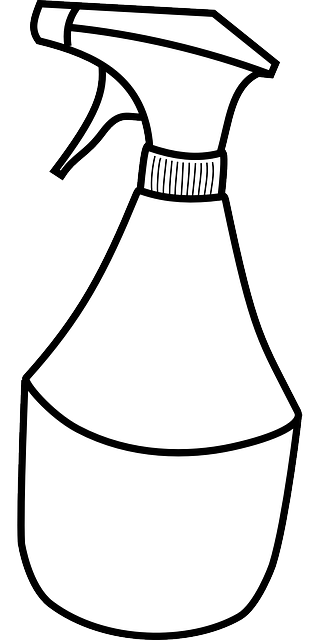
Regular carpet cleaning in high-traffic areas is not just about maintaining aesthetics; it significantly influences a business’s image and employee well-being. A clean, fresh-looking commercial space instantly conveys professionalism and care, fostering a positive impression on clients, customers, and visitors. In contrast, an unkempt carpet can detract from the overall environment, reflecting poorly on the brand and potentially losing business.
Moreover, frequent carpet cleaning is essential for employee health. High-traffic areas accumulate not only visible dirt but also microscopic allergens, bacteria, and other contaminants. Regular cleaning helps to eliminate these hazards, creating a healthier workplace. This, in turn, can boost employee morale, reduce absenteeism, and contribute to overall productivity and job satisfaction.
Choosing the Right Carpet Cleaning Method for Maximum Effectiveness

When it comes to commercial carpet cleaning in high-traffic areas, selecting the appropriate method is key to achieving optimal results. Different carpets have unique properties and require specific care, so understanding your carpet’s material and construction is crucial. For instance, heavy-duty industrial carpets often demand robust cleaning techniques like hot water extraction or deep steam cleaning, which can effectively remove deeply embedded dirt and grime. These methods use powerful machinery to inject hot water and extract stains, leaving the carpet fresh and hygienic.
On the other hand, finer fabrics like silk or wool necessitate more delicate approaches. For such carpets, dry cleaning is often the preferred method, utilizing specialized solvents and low-moisture techniques to prevent fiber damage. This ensures the carpet’s longevity while maintaining its aesthetic appeal. Choosing the right carpet cleaning approach for your high-traffic areas not only enhances the overall cleanliness but also preserves the investment in your flooring, ensuring it serves as a welcoming and professional space for years to come.
Best Practices for Maintaining Commercial Carpets in Heavy Use Zones
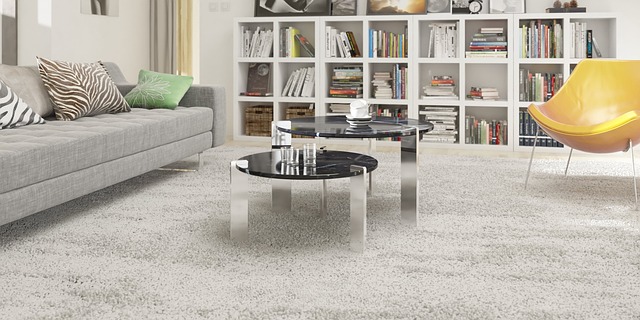
Maintaining commercial carpets in high-traffic areas requires a strategic approach to keep them looking their best and prolonging their lifespan. Regular carpet cleaning for high-traffic zones is non-negotiable, with frequent vacuuming and deep cleaning sessions being essential practices. This helps remove embedded dirt, debris, and grime that can cause wear and tear over time.
In between professional carpet cleaning services, business owners should focus on spot treatment and immediate cleanup of spills to prevent staining. Utilizing the right tools, such as absorbent materials for liquid spills, is crucial along with adhering to a consistent maintenance plan. This proactive approach, combined with expert carpet cleaning for high-traffic areas, ensures that carpets remain vibrant, enhancing the overall aesthetics of commercial spaces.
Common Mistakes to Avoid When Cleaning High-Traffic Commercial Carpets
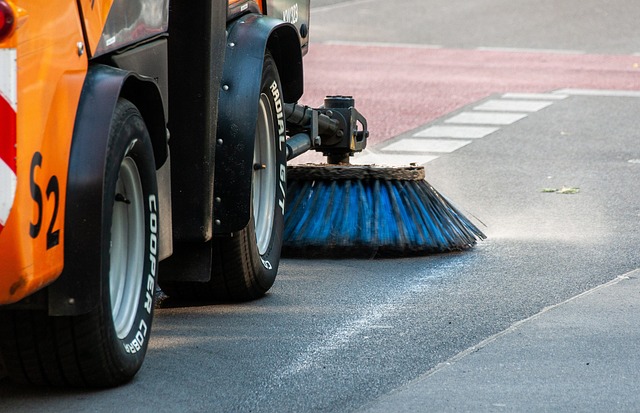
When it comes to commercial carpet cleaning in high-traffic areas, businesses often make mistakes that can lead to inadequate cleaning and a shorter lifespan for their carpets. One common error is using the wrong cleaning methods or products, which can cause further damage or leave stains behind. It’s crucial to understand that high-traffic carpets require specialized care; general household cleaners might not be effective in removing deep-seated dirt and grime. Opting for DIY solutions without the right knowledge can result in discolored or damaged fibers.
Another mistake is neglecting regular maintenance, such as vacuuming. Heavy footfall compacts dirt within the carpet fibers, and without proper vacuuming, cleaning agents may not penetrate effectively. Additionally, businesses should avoid over-cleaning, as excessive washing can lead to shrinkage or color fading. In high-traffic areas, it’s best to follow a balanced cleaning regimen, ensuring the carpets receive deep cleaning when needed but also allowing them to breathe between thorough cleanings.
Future Trends Shaping Commercial Carpet Cleaning Techniques
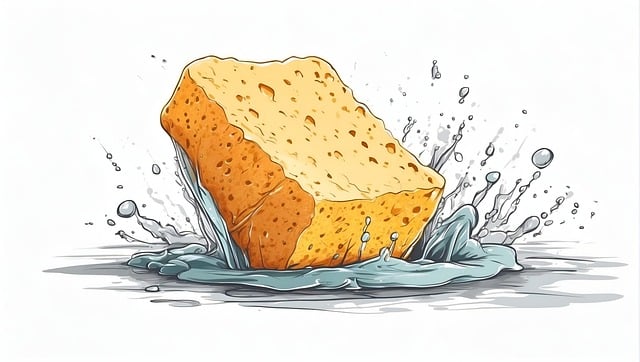
The future of commercial carpet cleaning is being shaped by innovative technologies and a growing emphasis on sustainability. As high-traffic areas continue to demand robust yet gentle cleaning solutions, expect to see more adoption of advanced methods such as hot water extraction and low-moisture cleaning techniques. These processes not only deep clean but also reduce drying times, minimizing disruptions in busy commercial spaces.
Additionally, the integration of smart sensors and data analytics is poised to revolutionize carpet cleaning schedules. By tracking foot traffic patterns, these technologies can optimize cleaning routines, ensuring that heavily used areas receive more frequent attention. This data-driven approach promises improved hygiene, enhanced carpet lifespan, and cost savings for businesses—all while minimizing the environmental impact through the use of eco-friendly cleaning agents.
